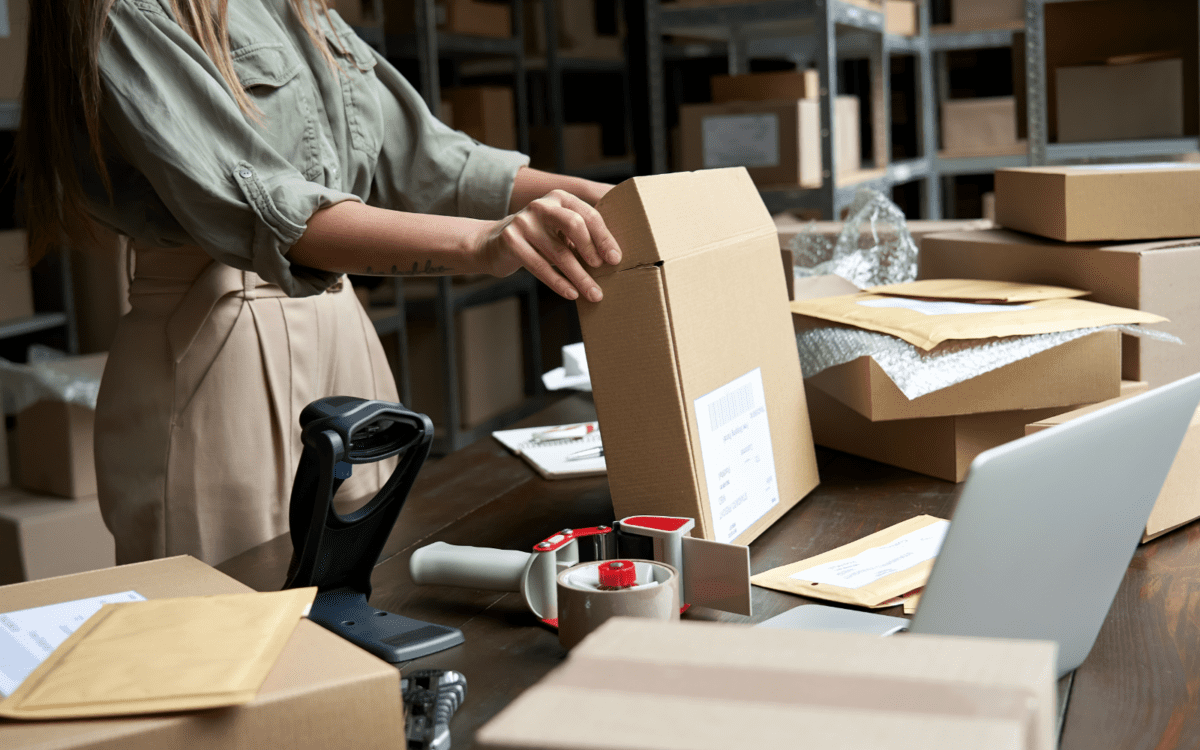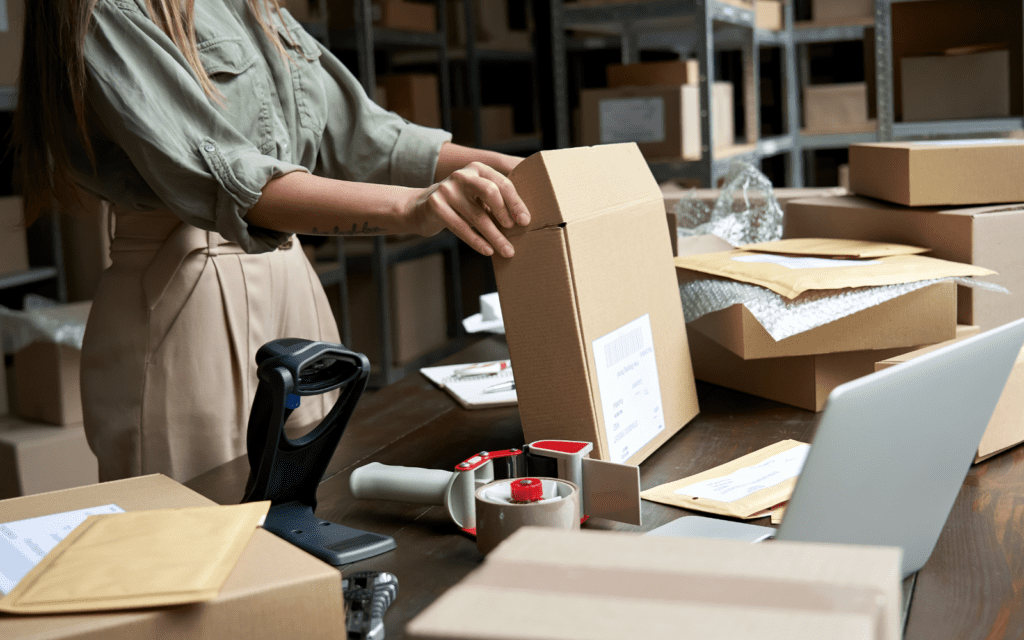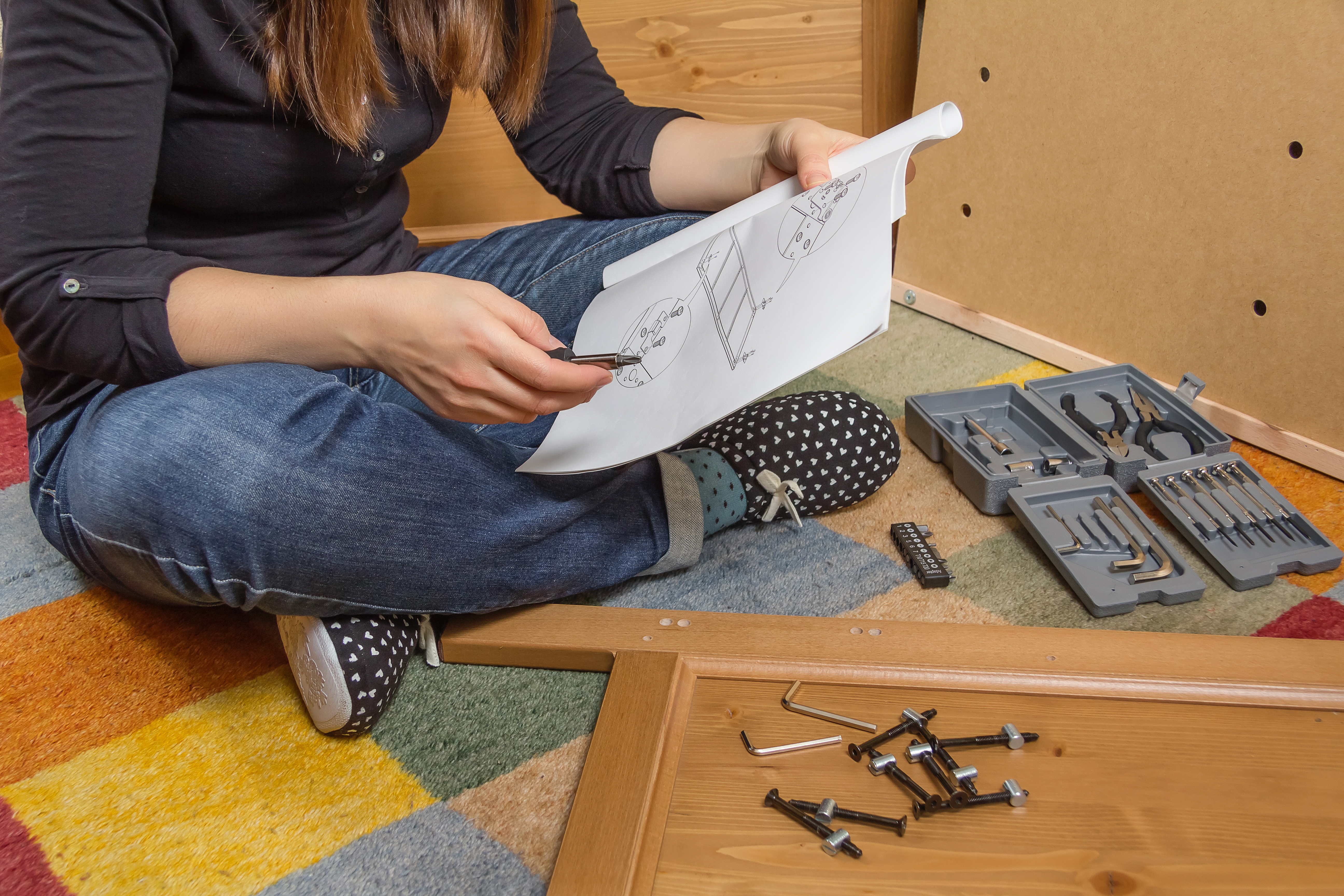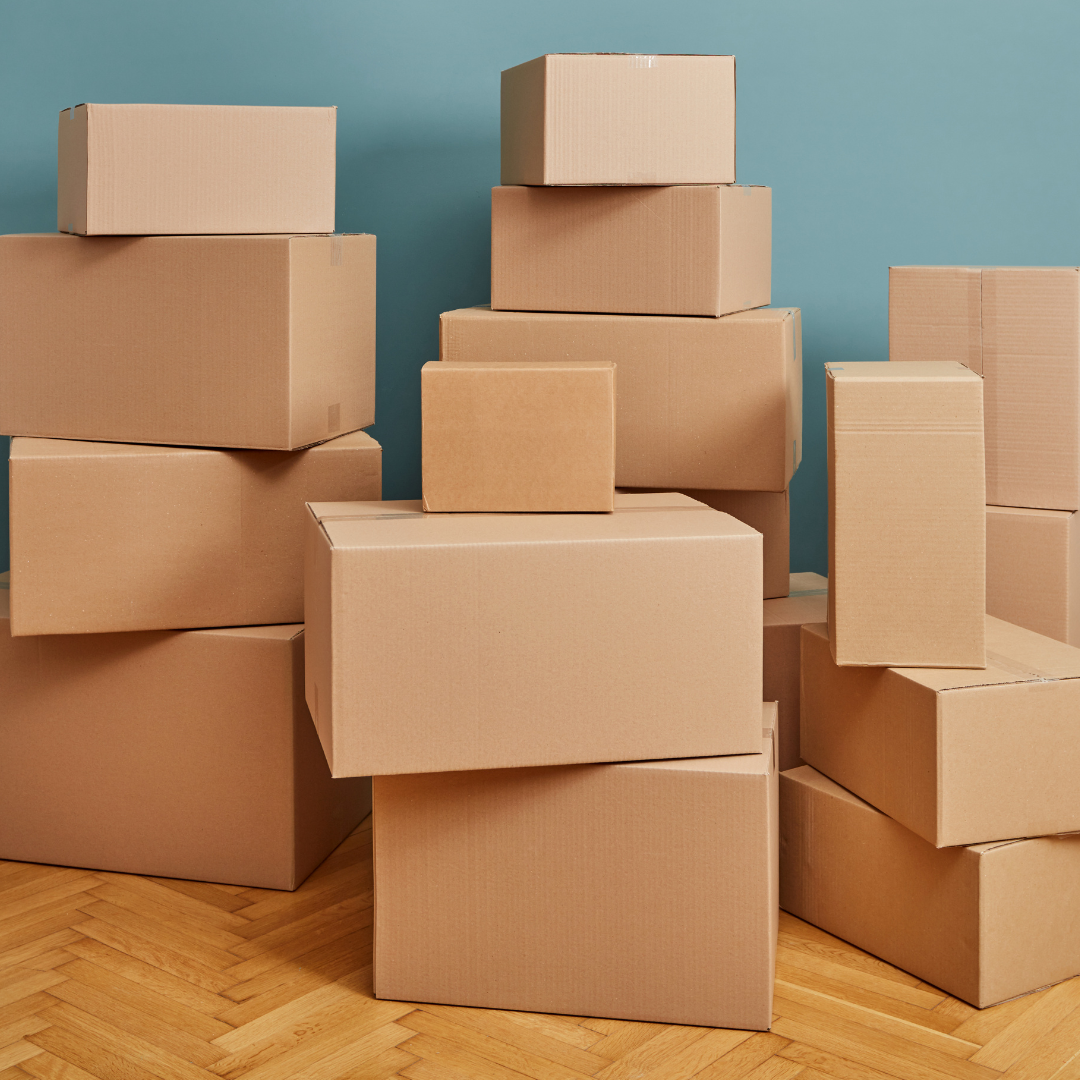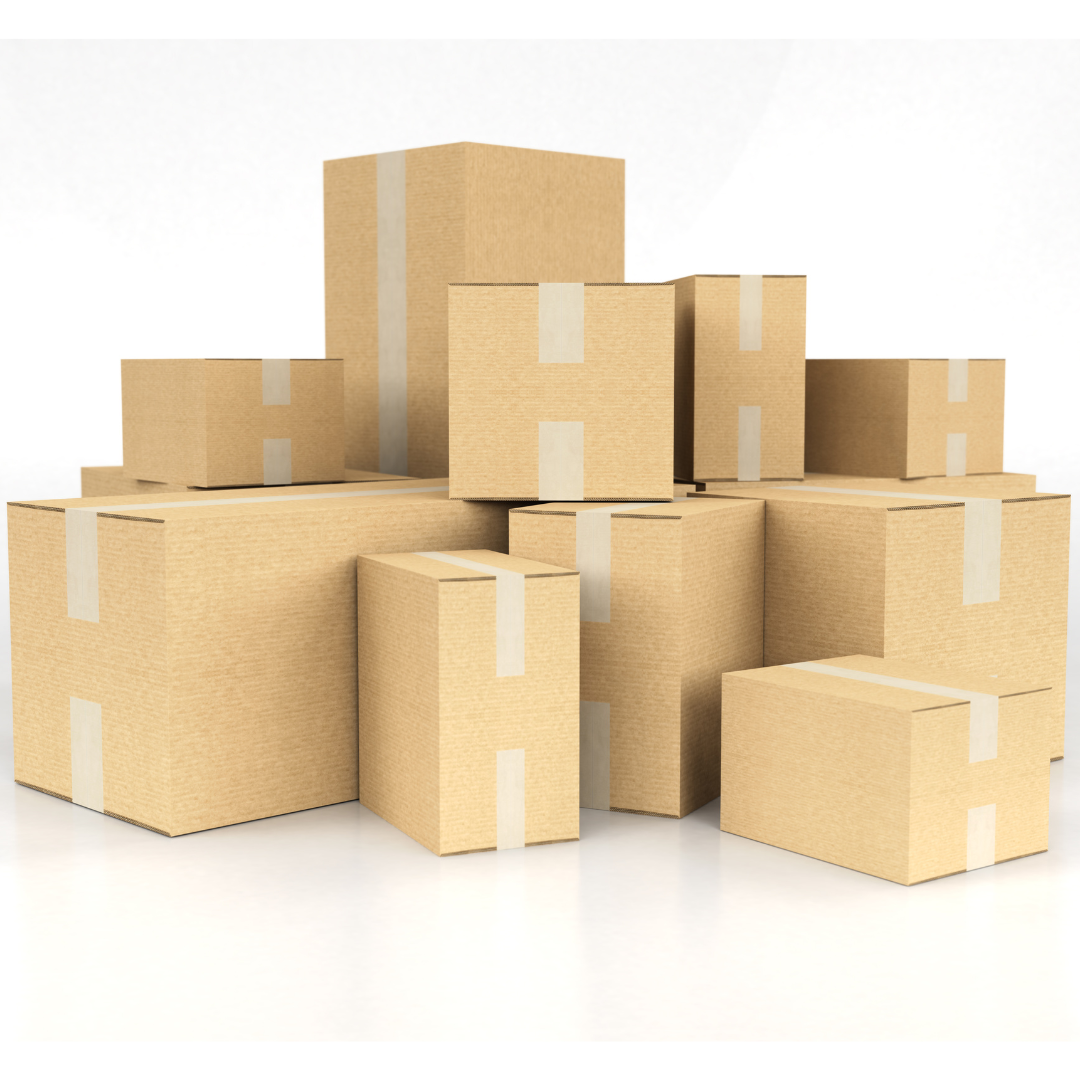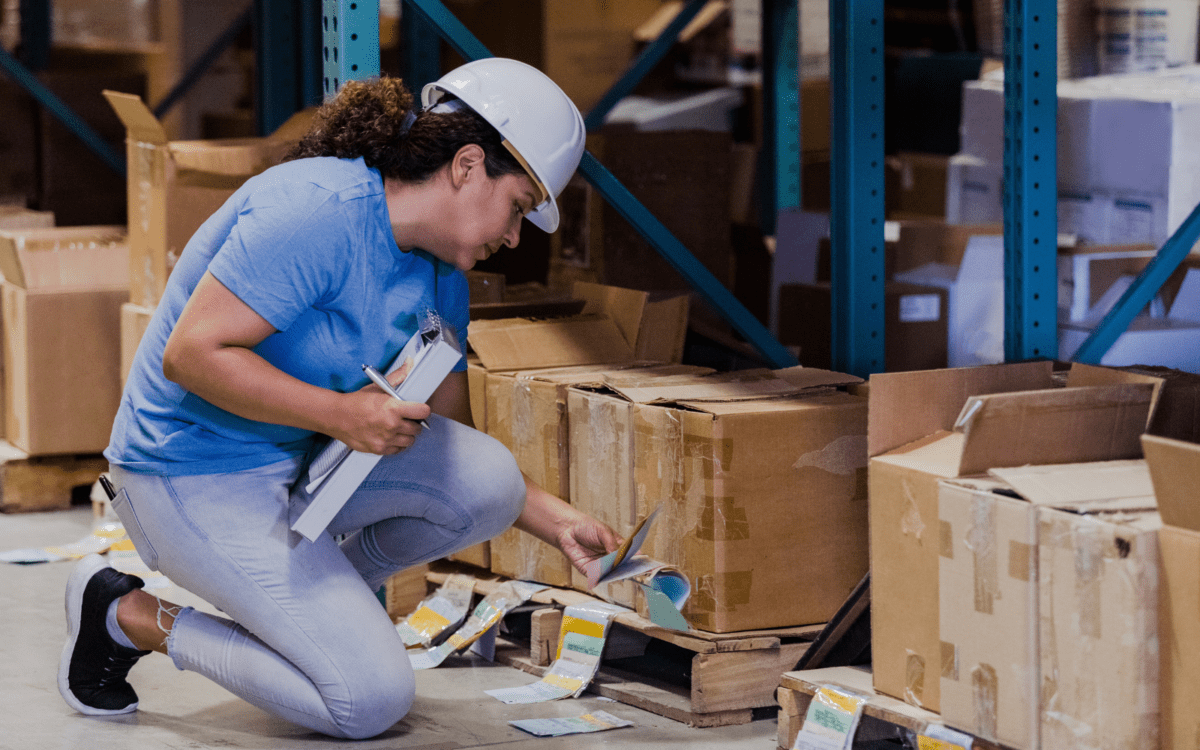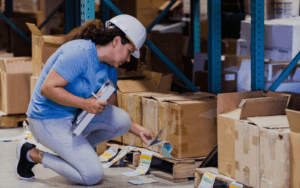Bulk Shipping Boxes – Save Big on Your Next Order
When it comes to transporting goods efficiently and safely, choosing the right packaging can make all the difference. For businesses looking to streamline their logistics and cut costs, bulk shipping boxes are an essential investment. At Lenertz Industrial, we provide high-quality bulk shipping boxes designed to meet the diverse needs of our customers. Read on to discover how you can save big on your next order and find the perfect bulk shipping boxes near you.
Why Choose Bulk Shipping Boxes?
Bulk shipping boxes offer several advantages for businesses of all sizes:
Cost-Efficiency

Purchasing shipping boxes in bulk allows companies to benefit from significant cost savings. By buying in larger quantities, you reduce the per-unit cost, which can substantially lower your overall shipping expenses. At Lenertz Industrial, we offer competitive pricing on bulk orders to help you maximize your budget. This is particularly beneficial for businesses that have consistent shipping needs, as the savings on packaging costs can accumulate over time, leading to a more efficient and cost-effective operation.
Superior Protection
Our bulk shipping boxes are crafted from high-quality materials that provide excellent protection for your products. Our boxes are designed to ensure transportation and keep your items safe.
They can protect fragile or heavy-duty items during transit. This ensures that your items arrive safely at their destination. The durability of our boxes helps reduce the risk of damage during transit, which not only preserves the quality of your products but also minimizes the potential for return shipments and associated costs.
Customization Options

Lenertz Industrial understands that every business has unique shipping requirements. That’s why we offer customizable bulk shipping boxes tailored to your specific needs. From size and shape to printing and branding, we can create the perfect packaging solution for your products.
Customization options allow businesses to enhance their brand visibility, as branded boxes serve as mobile advertisements for your company. This is an added value that can help in building brand recognition and customer loyalty.
Eco-Friendly Solutions
Sustainability is a key consideration for many businesses today. Our bulk shipping boxes are made from recyclable materials, helping you reduce your environmental footprint. By choosing eco-friendly packaging, you can enhance your brand’s reputation and appeal to environmentally conscious consumers. Additionally, implementing green practices can lead to operational efficiencies and potential cost savings, as sustainable materials can often be more cost-effective in the long run.
Versatility and Convenience
Bulk shipping boxes from Lenertz Industrial are versatile and can be used for a variety of shipping needs. Whether you are shipping small items or large equipment, we have the right size and type of box to meet your requirements. The convenience of having a reliable supply of bulk shipping boxes means you can manage your shipping operations more efficiently, reducing the time and effort required to package and dispatch your goods.
Finding Bulk Shipping Boxes Near You
Searching for “bulk shipping boxes near me” can yield a plethora of options, but it’s essential to choose a supplier you can trust. Lenertz Industrial is committed to providing top-notch products and exceptional customer service in Denver, Colorado. Here’s why we stand out:
Local Availability
With a network of distribution centers, Lenertz Industrial ensures that you can find bulk shipping boxes in Denver, Colorado quickly and conveniently. Our strategic locations enable us to deliver your orders promptly, minimizing downtime and keeping your operations running smoothly. This local availability not only speeds up the delivery process but also reduces shipping costs, as closer proximity to distribution centers typically results in lower freight charges.
Expert Support

Our team of packaging experts is always ready to assist you in selecting the right bulk shipping boxes for your needs. Whether you need advice on materials, sizes, or customization options, we’re here to help you make informed decisions that benefit your business. Our knowledgeable staff can provide insights and recommendations based on your specific shipping requirements, ensuring you choose the most suitable and cost-effective packaging solutions.
Quality Assurance
We take pride in the quality of our products. Each bulk shipping box undergoes rigorous testing to meet our high standards, ensuring that you receive durable and reliable packaging. When you choose Lenertz Industrial, you can be confident in the integrity and performance of your shipping boxes. Our commitment to quality means you can trust that your products will be protected during transit, reducing the risk of damage and loss.
How to Save Big on Your Next Order
At Lenertz Industrial, we strive to offer the best value to our customers. Here are some tips to save big on your next order of bulk shipping boxes:
Volume Discounts
Take advantage of our volume discount pricing. The more you order, the more you save. Contact our sales team to discuss your requirements and learn about our bulk order discounts. By planning your packaging needs and ordering in larger quantities, you can significantly reduce your per-unit cost and achieve substantial savings.
Seasonal Promotions
Keep an eye out for our seasonal promotions and special offers. Sign up for our newsletter to stay informed about exclusive deals that can help you save on your bulk shipping box orders. Seasonal promotions can provide an excellent opportunity to stock up on essential packaging materials at reduced prices, allowing you to take advantage of cost savings during key times of the year.
Custom Packaging Solutions
Invest in custom packaging solutions that fit your products perfectly. Properly sized boxes reduce the need for additional packing materials and minimize the risk of damage during transit, ultimately saving you money on shipping costs. Custom packaging can also enhance the presentation of your products, creating a positive impression on your customers and increasing the perceived value of your brand.
Efficient Inventory Management

Optimize your inventory management by ordering bulk shipping boxes in advance. This ensures you have a steady supply on hand, preventing last-minute rush orders that can be more expensive. By maintaining an adequate inventory of bulk shipping boxes, you can streamline your shipping operations and avoid delays that could impact your delivery schedules.
Partner with a Reliable Supplier
Choosing a reliable supplier like Lenertz Industrial ensures you receive consistent quality and timely delivery of your bulk shipping boxes. Our commitment to customer satisfaction means you can trust us to meet your packaging needs, helping you save time and money in the long run.
Conclusion
Bulk shipping boxes are an invaluable asset for businesses looking to enhance their shipping efficiency and cut costs. By choosing Lenertz Industrial, you not only get high-quality packaging solutions but also benefit from expert support and competitive pricing. Don’t settle for less when it comes to protecting your products and your bottom line. Discover the best bulk shipping boxes in Denver, Colorado, and save big on your next order with Lenertz Industrial.
Contact us today to learn more about our products and place your bulk order. Visit Lenertz Industrial and experience the difference of working with a trusted packaging partner.

